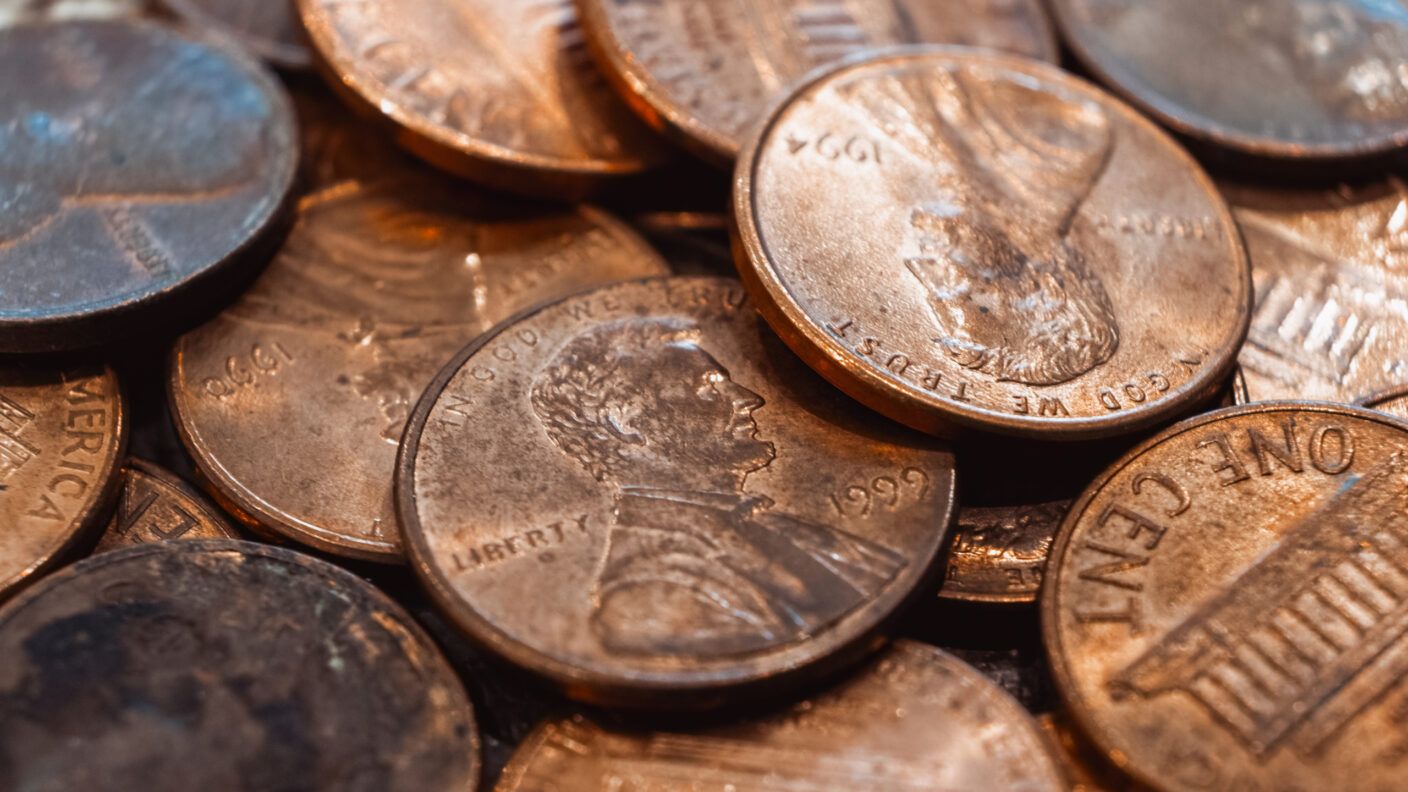The Costs And Benefits Of Eliminating The Penny
A Texas A&M economics expert explains recent moves to halt penny production.

Stacks of pennies may soon become relics of the past as the U.S. Mint ends production, citing high manufacturing costs and a shift toward a cashless economy.
The U.S. Mint confirmed Thursday it will be stopping production of the penny and has made its final order of penny blanks.
President Donald Trump announced his intentions to cease production of the penny in February, stating the penny costs the United States 2 cents to create and calling it “wasteful” on his Truth Social site. In early May, U.S. Sen. Mike Lee, R-Utah, and Sen. Jeff Merkley, D-Ore., introduced legislation to end production of the coin.
Raymond Robertson, director of the Mosbacher Institute for Trade, Economics and Public Policy at the Bush School of Government and Public Service at Texas A&M University, said the move to eliminate the penny has a variety of possible benefits and costs for the government and consumers.
“For every penny that the United States government prints, we’re actually losing money. So, it’s a net cost to the federal government,” he said. “Another big issue, of course, is that we rely less and less on cash, as now we’re moving to a cashless society. People use credit cards and debit cards and so on. So, the penny is actually not being used as much.”
According to an Associated Press report, there are around 114 billion pennies in circulation in the United States. Advocates of the penny point to its usefulness in charity campaigns and say the coin is more cost effective compared to the cost to print a nickel. Robertson estimates creating a nickel can cost the United States 14 cents.
“As we increase our reliance on nickels, because they’re going to be the smallest unit, it actually is going to increase costs for the government,” Robertson said. “So, it’s really not clear how much cost savings the government will realize by eliminating the penny.”
Those who advocate for the penny’s elimination argue that stopping the penny’s production could save the Treasury an immediate $56 million and make accounting easier for the U.S. economy. There are some case studies the U.S. government can look to for eliminating the penny. Robertson said Australia and New Zealand have already eliminated their smallest coins.
“However, one thing that’s important about eliminating the penny is that the United States has not eliminated a coin in currency since the late 1800s, and back at that time, it took an act of Congress to do it,” he said. “This might be an example of the president testing the limits of presidential power relative to Congress.”
While Robertson predicts prices ending in .99 will be rounded up one cent, leading to higher costs for consumers, he also said it’s a good move for streamlining costs.
“Prices are hardly ever rounded down, so that means people are probably going to end up paying more when they go to the store,” he said. “We don’t necessarily know what the net effect will be on government expenditures, but this seems to be a pretty good move for simplifying our overall economic activities.”
